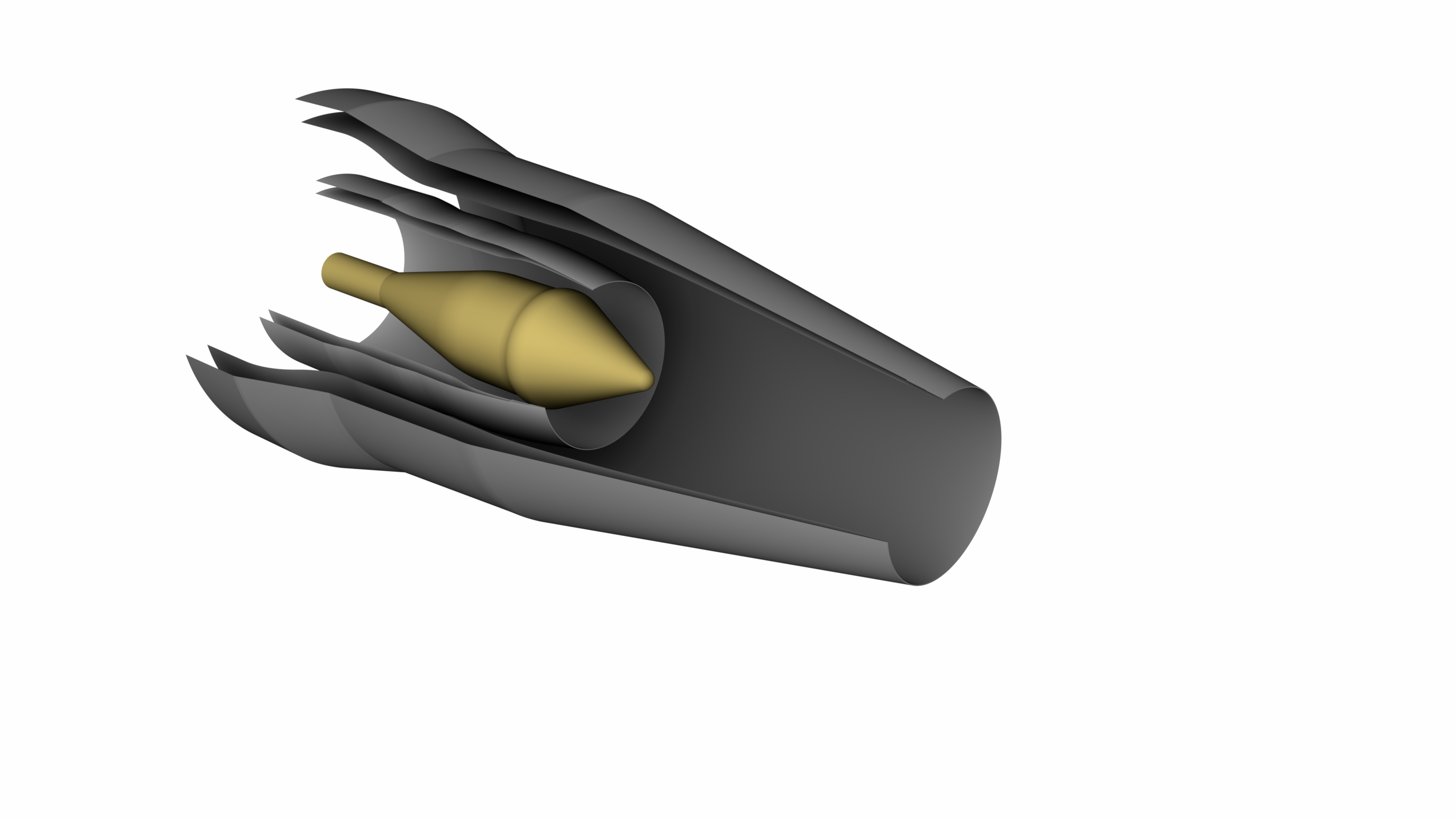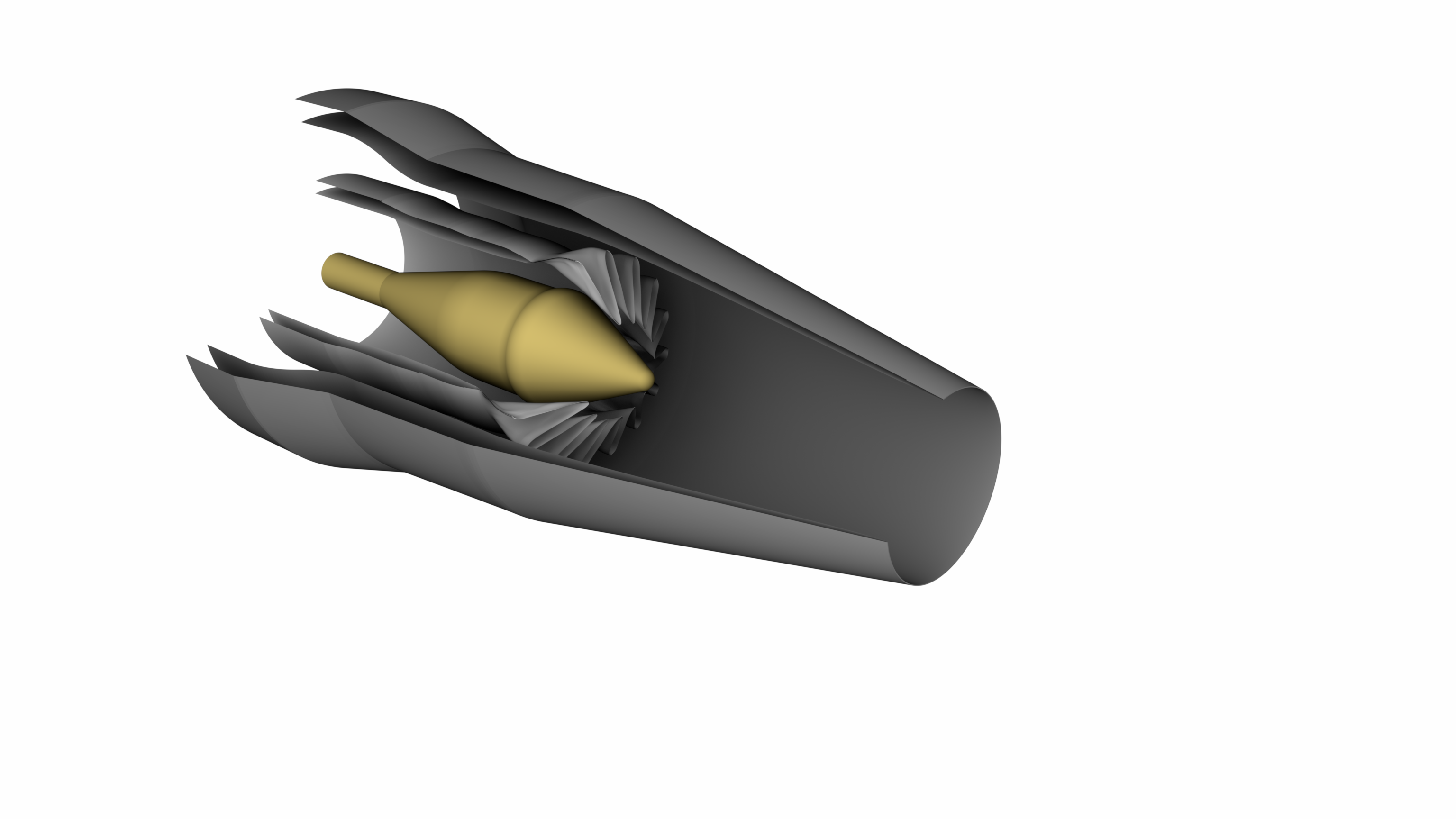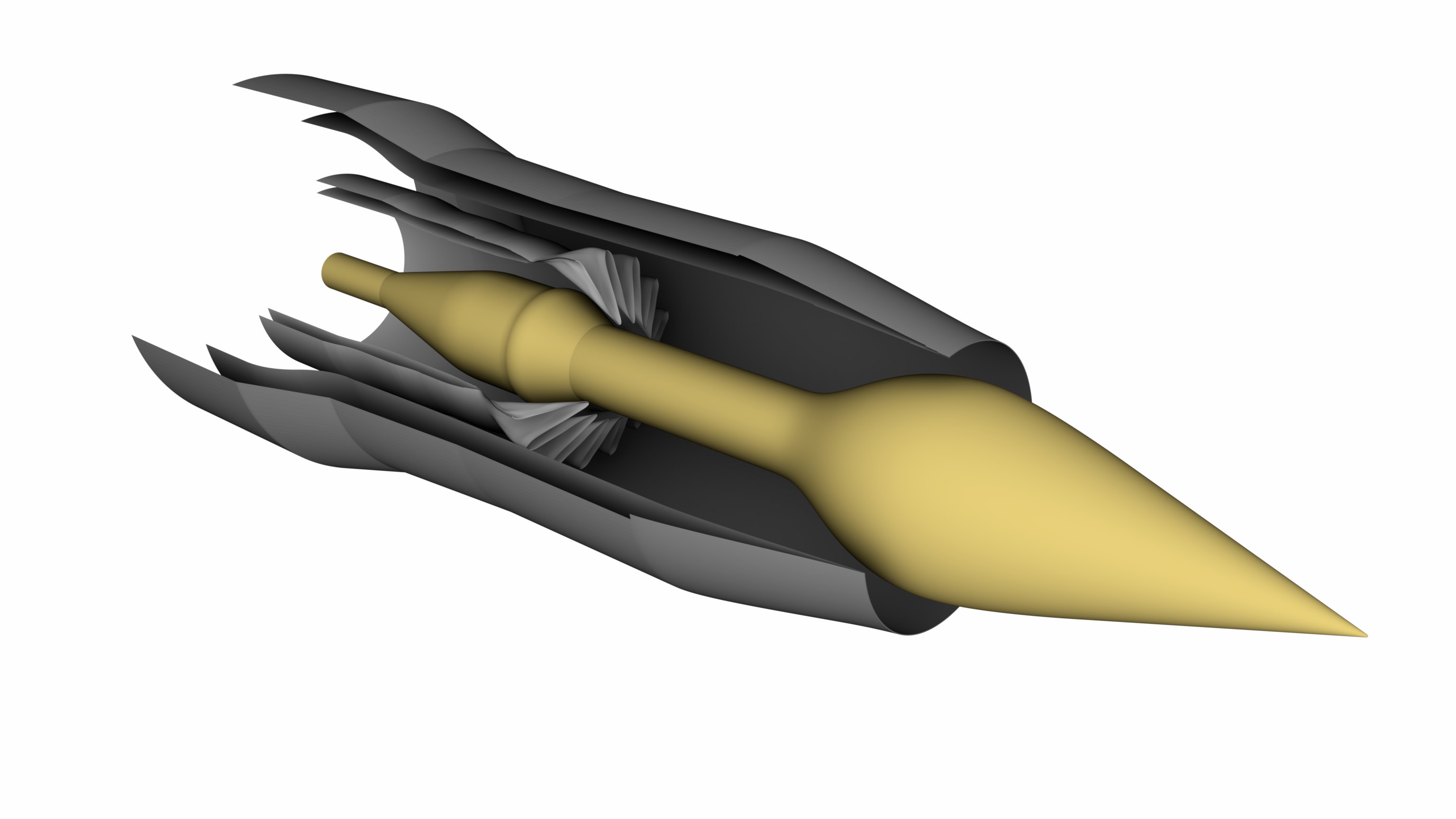Overview of Test Cases
The Jet Noise Prediction Workshop (JNPW) will release a series of test cases in three successive phases (Part I-III), each phase is concluded with associated summit meetings aligned with the AIAA Aviation and SciTech conference cycles (approximately every six months). These cases are designed to progressively increase in physical and geometric complexity, enabling a thorough benchmarking of predictive CFD capabilities across the community.
The test cases for JNPW are defined in the following document:
JNPW_Test_Cases_v1.0.pdf (last updated: 07/11/2025)
JNPW1 - Part I: Canonical Jet Noise Test Cases
Description: Single-stream, isolated round jet based on the SMC000 configuration
Purpose: Establish a baseline using a well-documented canonical jet flow for initial solver comparisons
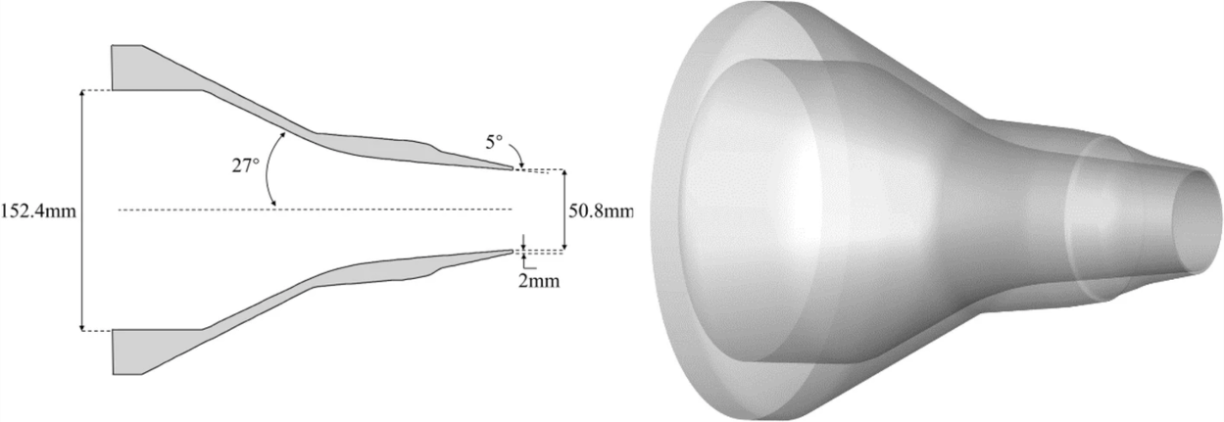 Figure 1: Depiction of axisymmetric round jet SMC000
Figure 1: Depiction of axisymmetric round jet SMC000
Selected Flow Conditions
The following table summarizes the selected operating points for Case I, chosen to span a range of subsonic jet conditions. These cases represent the minimum required simulations for workshop participants and are intended to assess baseline solver capability for jet noise prediction.
In addition to covering a range of flow conditions, these set points were intentionally selected to expose known challenges in LES-based jet noise simulations — including sensitivity to turbulence modeling, mesh quality, and numerical dissipation. The goal is to drive deeper understanding and ultimately increase the community’s confidence and consistency in jet noise prediction methodologies.
| Set Point | Ma | Mj | NPR | NTR | Pt [psi] | Tt [R] | Ujet [m/s] | Xc/Dj | PIV | FF |
|---|---|---|---|---|---|---|---|---|---|---|
| SP7 | 0.90 | 0.98 | 1.852 | 0.84 | 26.516 | 521.5 | 306 | 6.02 | 📥 | 📥 |
| SP3 | 0.50 | 0.51 | 1.197 | 0.96 | 17.138 | 535.2 | 173 | 5.10 | 📥 | 📥 |
| SP27 | 0.90 | 0.68 | 1.368 | 1.76 | 19.526 | 1029.5 | 313 | 4.32 | 📥 | 📥 |
| SP49 | 1.48 | 0.90 | 1.697 | 2.70 | 24.219 | 1673.4 | 512 | 4.25 | 📥 | 📥 |

Figure 2: PIV Consensus Flow Matrix
JNPW1 - Part II: Multi-Stream Configuration (TBD)
Description: High-speed configurations such as dual-stream nozzles, lobed mixers, twin jets, and JSI at supersonic conditions
Purpose: Extend benchmarking into the supersonic regime with advanced nozzle concepts relevant to future applications
JNPW1 - Part III: Increased Geometric Complexity (TBD)
Description: Configurations featuring chevrons, rectangular geometries, and Jet-Surface Interaction (JSI) setups
Purpose: Evaluate predictive performance with added geometric realism and near-field surface interactions
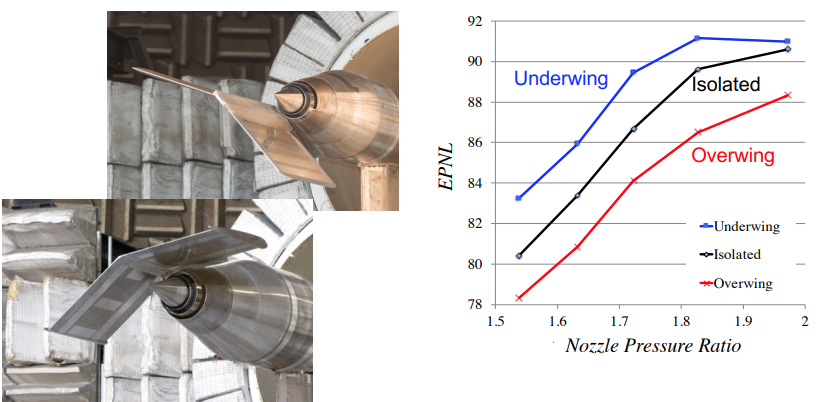 Figure 3: Depiction of Top Mounted Propulsion (TMP17) Test Case
Figure 3: Depiction of Top Mounted Propulsion (TMP17) Test Case
Recent significant updates:
- July 11, 2025 – Initial draft created
